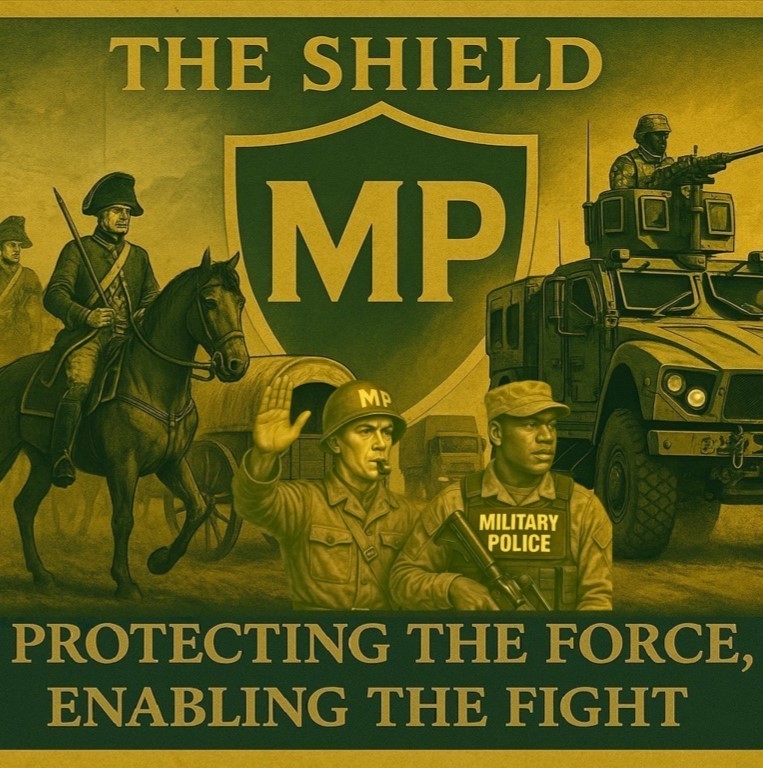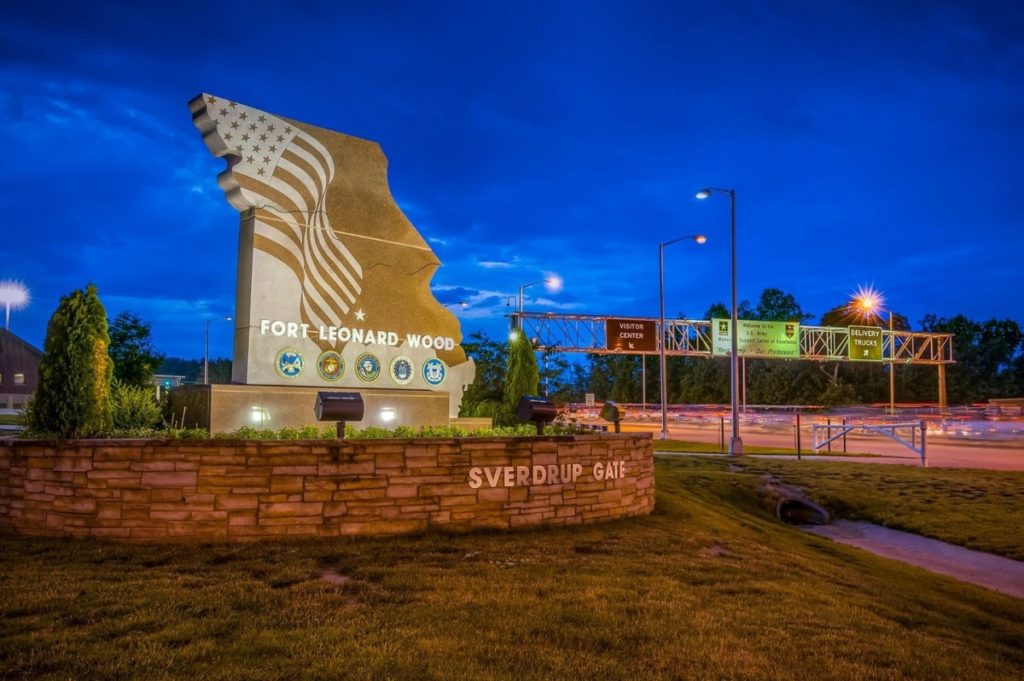Brian Hill
FORT LEONARD WOOD, Mo. (Dec. 2, 2019) – Fort Leonard Wood hosted the Community Geospatial-Intelligence Training Council conference Nov. 19 to 21 at the Digital Training Facility, providing an opportunity for geospatial-intelligence instructors and course managers to discuss future course advances with other members of the community.
According to Dr. Steve Stuban, the director of the National Geospatial-Intelligence Agency’s college in Springfield, Virginia, the conference is a great chance to meld training and education standards with new technologies.
“The conference is intended to coordinate the geospatial-intelligence training conducted by the services and to infuse with them advances that we’re making at our own main schoolhouse at the NGA headquarters,” he said.
Topics discussed at the three-day conference included the utilization of artificial intelligence and machine learning into the two disciplines that make up geospatial-intelligence — imagery analysis and geospatial engineering.
“Training and education is at the core of maintaining the professional competency of the enterprise,” Stuban said.
NGA’s strategy is focused on four main goals: people, partnerships, mission today and mission tomorrow.
“You can see where training and education plays an important role in achieving each of these four goals,” Stuban said. “With regards to the partnership goal, forums such as CTGC allow us to engage with and collaborate across the entire enterprise — with the services, other members of the intelligence community and our allied partners.”
One attendee, Chief Warrant Officer 4 Augustus Wright, who recently spent four years as a course writer at the U.S. Army Engineer School, feels that his inputs as an engineer help to drive the direction into which the tradecraft training goes.
“Having an engineer at the table when we do these types of discussions concerning training will ensure that there’s a comprehensive outcome,” he said. “After 22 years in the Army, I’ve had some great assignments, some great training and education. So, at this point it’s about giving back after having solved several problems.”
Wright said he sees his role these days as a return on the Army’s investment in his career.
“I see a couple of lieutenants,” he said. “I think it’s going to be very enriching for them because time flies and before you know it, they’ll be the colonels and generals making decisions, so I think this will be a great foundation for them as we prepare for conflicts in the future.”
Stuban said it’s crucial to maintain a competent workforce who can exploit future capabilities that new technologies make possible.
“All that comes to bear within this particular conference,” he said.
“We are responsible to ensure that the tradecraft we are using today as well as developing for tomorrow makes its way into the training, makes its way into the areas where it really becomes the ground truth of how people plan, program, how they train,” added Michele Williams, the NGA’s senior representative to the Defense Intelligence Agency.
About 60 people participated in this year’s conference, and Stuban said Fort Leonard Wood is an ideal location to host the event.
“I couldn’t think of a better facility, a better location,” he said. “Being a retired engineer officer myself, it’s quite a treat to come back to Fort Leonard Wood after many years and see how things have changed — one thing that’s stayed consistent is the professionalism and competency of the Engineer Regiment.”

-30-
About Fort Leonard Wood
Fort Leonard Wood is a thriving and prosperous installation that has evolved from a small basic training post more than 75 years ago to a premier Army Center of Excellence that trains more than 80,000 military and civilians each year.
Fort Leonard Wood is home to the U.S Army Maneuver Support Center of Excellence and three U.S. Army schools: the U.S. Army Engineer School; U.S. Army Chemical, Biological, Radiological and Nuclear School; and the U.S. Army Military Police School. In addition to training engineer, CBRN and military police specialties for the Army, Fort Leonard Wood also provides gender-integrated in-processing and Basic Combat Training for new Soldiers.
Fort Leonard Wood also hosts and trains with the largest Marine Corps Detachment and Air Force Squadron on any Army installation as well as a large Navy construction detachment.
More information about Fort Leonard Wood is at: https://home.army.mil/wood/index.php/about/mission


